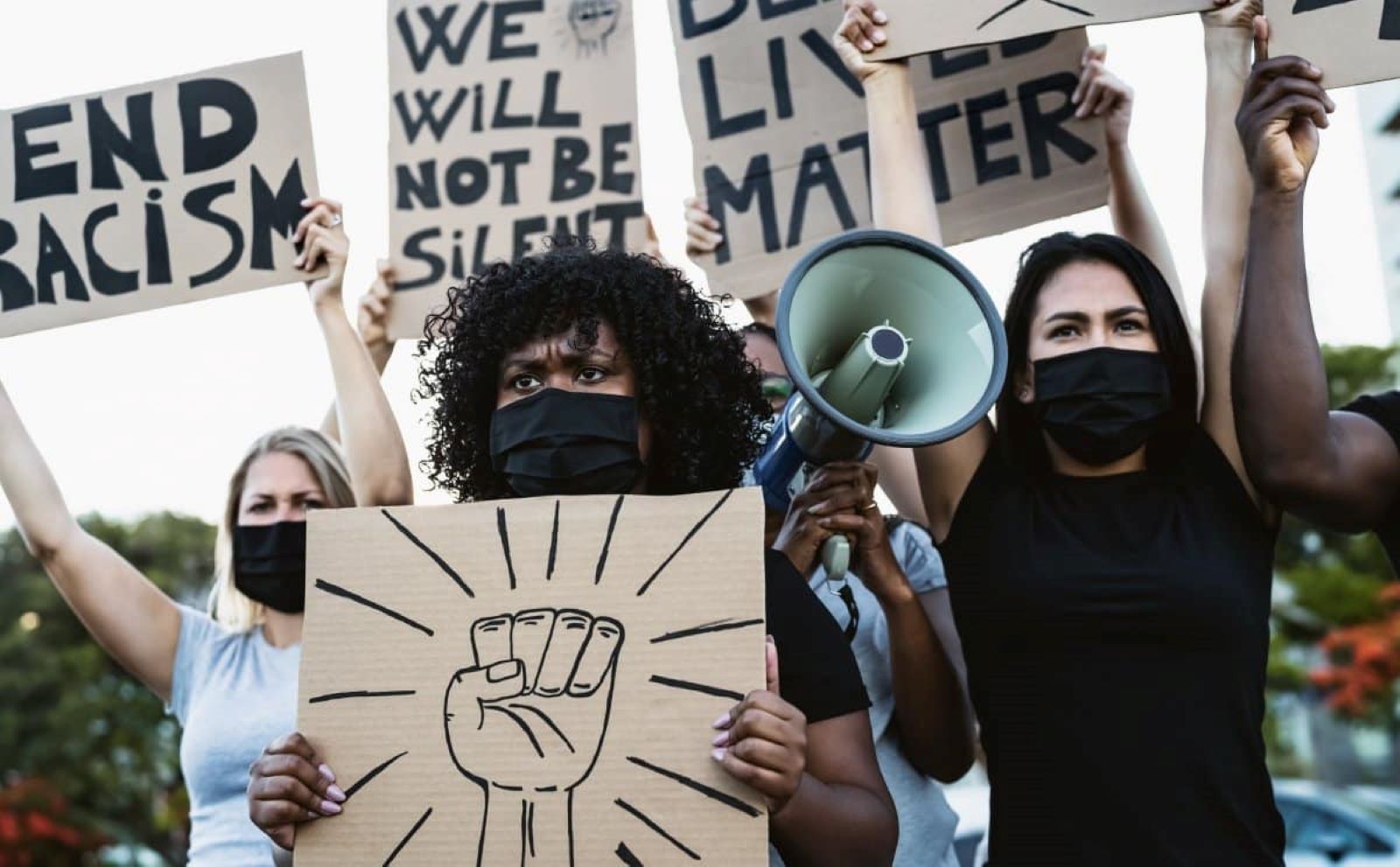The debate over what should be taught in American schools regarding race and LGBTQ+ issues has reached new heights, sparking intense protests, legislative battles, and public discourse across the country. As teachers grapple with these contentious topics in their classrooms, the impact is being felt by students, educators, and communities alike. At the heart of this debate are differing opinions on how—and whether—race and LGBTQ+ topics should be integrated into public school curricula.
The Current Educational Landscape
A recent survey conducted by the Pew Research Center shows that the majority of U.S. teachers are addressing issues of race and racial inequality in their classrooms. 56% of K-12 teachers report that discussions about racism and inequality naturally arise during their lessons. However, when it comes to addressing LGBTQ+ topics such as sexual orientation and gender identity, only 29% of teachers say these discussions come up regularly. This disparity highlights a significant difference in comfort levels among educators when broaching these two often-sensitive subjects.
Despite many teachers incorporating discussions about race, their ability to teach these subjects is frequently impacted by external pressures. According to the Pew report, 41% of public school teachers say that ongoing debates about what should be taught have had a negative impact on their ability to do their job effectively. This includes self-censorship, fear of parental backlash, and the pressures of navigating politically charged topics. Only 4% of teachers said that these debates have had a positive impact, while the remaining 53% stated the discussions had little to no effect on their work.
Parental Involvement and Opt-Out Controversies
In addition to the challenges faced by teachers, parents have increasingly become involved in debates over educational content. Parents are divided over whether they should have the right to “opt-out” their children from lessons on race and LGBTQ+ issues. According to the same Pew survey, 54% of parents support the option to withdraw their children from lessons about gender identity, while 34% support opting out of discussions on racial inequality.
This parental involvement reflects a growing national movement that seeks to give families more control over what their children learn in public schools. Conservative organizations and advocacy groups have been vocal about their belief that certain subjects, particularly gender identity, are inappropriate for young children. Terry Schilling, president of the American Principles Project, argues that, “Parents should have the final say on what their children are exposed to in school, especially when it comes to highly sensitive topics like gender ideology.”
In contrast, advocates for inclusive education emphasize that avoiding these discussions prevents schools from fostering an environment of understanding and respect. LGBTQ+ advocates argue that children need to learn about sexual orientation and gender identity to reduce bullying and create a more inclusive space for all students. Sarah Kate Ellis, president and CEO of GLAAD, noted, “By avoiding LGBTQ+ topics, we are failing a large portion of the student population who need support and affirmation in a world that too often tells them they don’t belong.”
Regional and Political Divides
The debate over race and LGBTQ+ education in schools has exposed sharp political and regional divides. In more conservative areas, particularly in states like Florida, Texas, and Alabama, state lawmakers have enacted or proposed laws that restrict discussions on these topics. In 2023, Florida’s “Parental Rights in Education” bill, also known as the “Don’t Say Gay” bill, prohibited educators from discussing gender identity and sexual orientation with students in kindergarten through third grade. This law has sparked similar efforts in other states and has ignited widespread debate across the country.
However, in more progressive states, such as California and New York, efforts to include race and LGBTQ+ education in school curricula have gained momentum. California’s Ethnic Studies Model Curriculum, for example, mandates that schools teach about the contributions and struggles of marginalized racial and ethnic groups. Similarly, many districts in New York City have embraced LGBTQ-inclusive sex education as part of a broader effort to support LGBTQ+ students.
According to Pew, there are also significant partisan differences in how teachers themselves view the current situation. 67% of Democratic teachers report addressing racial inequality in their classrooms, compared to 43% of Republican teachers. When it comes to gender identity, 36% of Democratic teachers say they discuss these topics, while only 21% of Republican teachers do so. These numbers reflect the broader political divide on these issues and the challenges teachers face in navigating contentious political climates.
Teachers’ Perspectives
For many educators, the most pressing concern is how much influence outside forces have on what they teach. According to the Pew study, 71% of teachers say that they do not have enough influence over what is taught in their schools. A large portion of teachers feel that state governments, school boards, and parents are exercising too much control over curricula, while teachers, students, and principals are left with little say.
For instance, 58% of teachers say that their state governments have too much influence on what is being taught, and 32% feel the same about parents. This control, teachers argue, limits their ability to create an inclusive and well-rounded education for students. “When political agendas dictate what we can and can’t teach, it becomes harder to provide the kind of education that encourages critical thinking and empathy,” said Julia Reyes, a high school social studies teacher in California.
Moving Forward
As the debates over race and LGBTQ+ education continue, both teachers and students are feeling the effects. Schools have become a frontline in the broader cultural battles shaping U.S. society, and the question of what students should learn about race and gender remains deeply divisive.
While some districts work to expand inclusive curricula that reflect the diversity of their student populations, others are scaling back such efforts in response to political pressures. For educators, the challenge remains how to best serve their students amid these contentious discussions while navigating the competing interests of parents, lawmakers, and advocacy groups.
21 Beliefs About the Bible That Are Actually False

The Bible is one of the most discussed and debated books in history, yet many common beliefs about it are more myth than fact. How many of these misconceptions have you heard before? 21 Beliefs About the Bible That Are Actually False
21 Subtle Racisms That Are Commonplace in America

Racism in America isn’t always overt; it often hides in plain sight through subtle actions and attitudes. How many of these subtle racisms have you noticed around you? 21 Subtle Racisms That Are Commonplace in America
Featured Image Credit: Shutterstock /BearFotos.
This post first appeared on Pulse of Pride.

